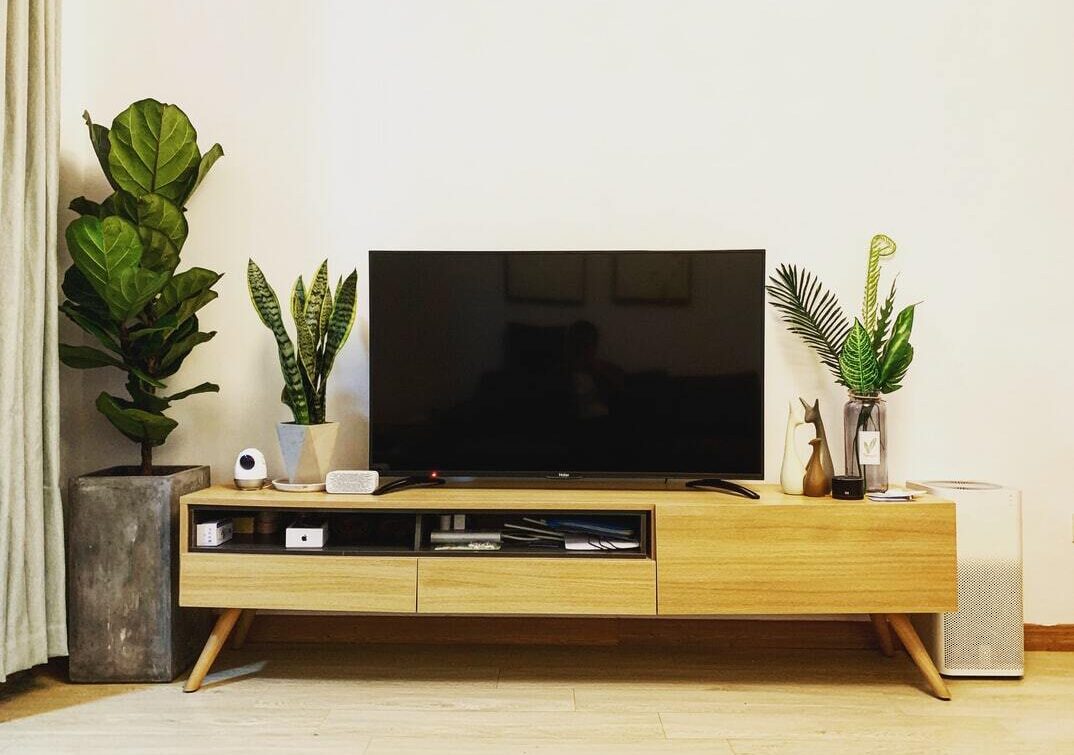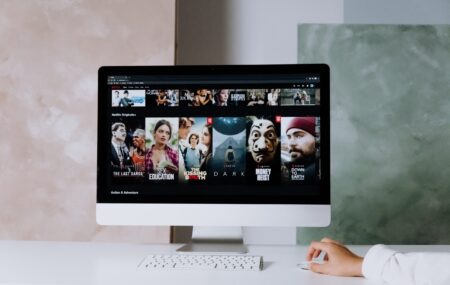BARB, the official source of UK television viewing figures, has for the first time started reporting the number of people watching programmes across four different screen types. From the 25th September 2018, BARB is producing daily viewing figures, which break down the number of people watching programmes on TV sets, tablets, PCs and smartphones.
BARB website users can now access the top 15 programmes of the week by the broadcaster or by individual channel across four screens in a new dashboard.
These multiple-screen viewing figures are the output of Project Dovetail, an initiative first conceived in 2015 and established by BARB to understand the changing ways viewers now consume television content. A train journey across the UK is enough to hint that people are watching television programmes on devices other than the TV set. Similarly, those in households with more people than TV sets know what it’s like to lose control of the big screen – where PCs, tablets or smartphones are called into action to provide live access to our ‘must watch’ programmes.
The complexity to understand the changing ways viewers now consume television content means that BARB is launching the initiative in three stages, with the first stage being programme average audiences. These figures show the number of people watching programmes across each of the four screens.
So, let’s bring this to life with one of UK’s favourite shows of Summer 2018, Love Island. Episode 36 of season four aired on ITV2 on Sunday 15th July. The consolidated 7-day TV set viewing figures were 3.9m. Turning to non-TV devices, until now, we would have known that the episode achieved 241.8k live average programme streams and 140.5k on-demand average programme streams in the seven days after broadcast: a device uplift of just over 10%. However, these figures only represent the number of non-TV set devices being used to watch, rather than the number of people using those devices. Looking at the new people-based multiple-screen viewing data, 387k people watched the episode on PCs and 248k people watched on tablets.
BARB currently does not have a panel measurement for viewing on smartphones, so have assumed one viewer-per-view for the average programme streams on smartphones of 325k. This means the average audience on PCs, tablets and smartphones as a whole was 960k, giving a considerably higher people-based device uplift of 24.4%. Adding this figure to the consolidated TV set viewing figure gives a total average audience of 4.9m, all within seven days of broadcast – full breakdown as follows:
The second stage in BARB development will show ‘multiple-screen reach, and time spent viewing’, which will report the extent to which tablets and PCs increase the number of viewers and average weekly viewing time for BARB-reported channels. The third and final stage of the process is ‘multiple-screen advertising campaign performance’. Both launch dates are yet to be confirmed.
All Response Media viewpoint
Looking at the Love Island example above, clearly, this is a strong uplift in viewing figures from non-TV devices but it’s important to remember that the uplift can significantly differ depending on the TV content and audience. Other programmes such as Made in Chelsea saw total average audience boosts of 16.8%, with sport viewing at 1.6% uplift when PC, tablets and smartphones are added. On average, across all types of TV content, viewing across tablets, PCs and smartphones are seen to add an additional 1.5%. Traditional TV viewing by far remains the most popular way to watch TV.
At this point in time, with data reported on a weekly basis, consolidated across the top 15 programmes, measuring response across the different devices via our current methodology on RAPSURE (within ARMalytics®) cannot be done due to the lack of granular data. However, we remain at the forefront of exploring how we can best use this data to improve the performance of our TV campaigns. With further data on this new-found measurement, we will be able to segment what genres and programmes are driving up audience views across non-TV devices and how TV set and device-based viewing differs against varied demographics.
 4 min read
4 min read 11 October, 2018
11 October, 2018 by
by 

















